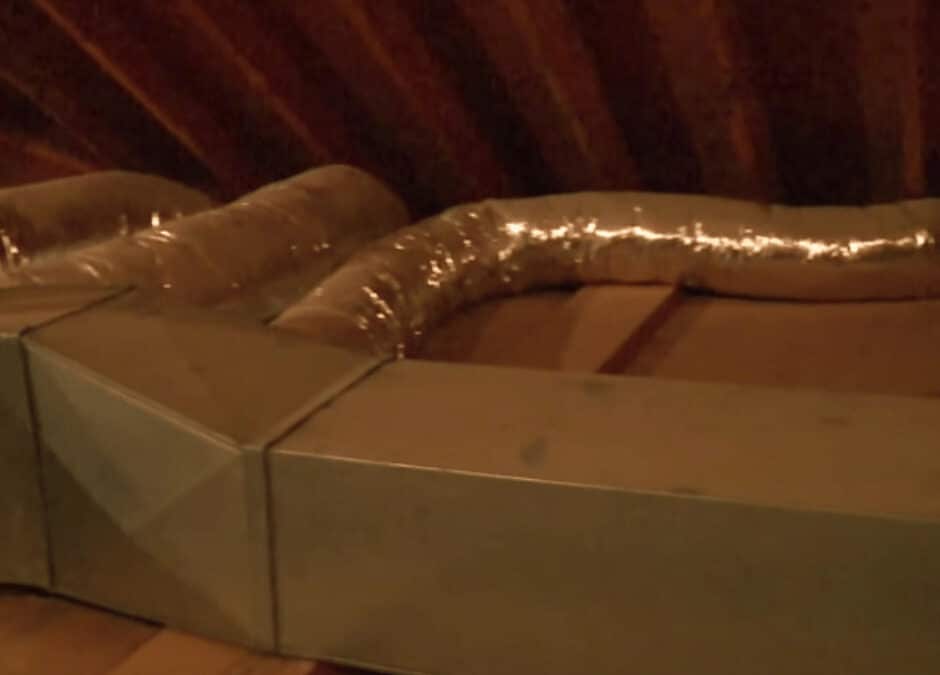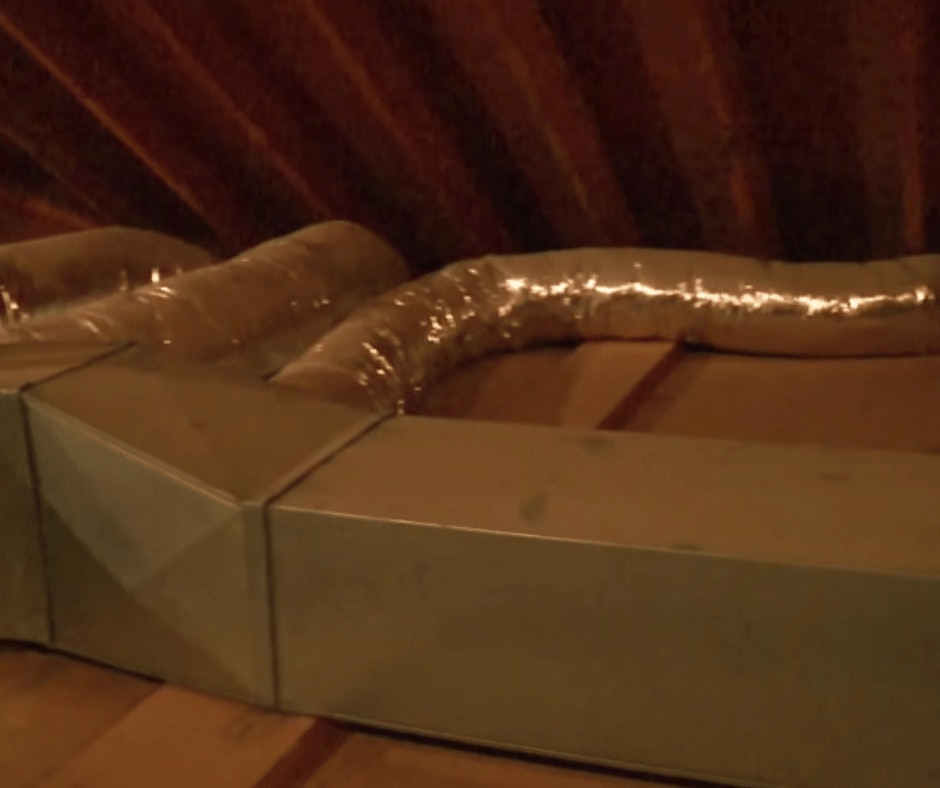Insulating your attic should be on top of your to-do list as a homeowner. When you insulate your attic, you can prevent air produced by your HVAC from escaping and stop outside air from entering your home. This can help you reduce your heating and cooling costs by up to 15%.
Moreover, insulating your attic can prevent gradual damage to your property, often caused by excessive moisture and heat. An insulated attic prevents water vapor from eroding and seeping into your walls and slows down any heat build-up.
You’ll have different options to insulate your attic, namely:
Enhance Existing Insulation
If you feel like the insulation in your attic no longer serves its purpose, update it with another layer right away. You can do this by laying unfaced mineral insulation or fiberglass in your current insulation. Don’t forget to run the material perpendicular to the joints, so they stay in place.
Depending on your preferences, you can also top off your existing insulation with loose-fill cellulose or fiberglass. Mineral wool batts are also great options as they’re easier to install and leave a more polished appearance.
Leave Room for Air
One of homeowners’ biggest mistakes when insulating their attics is stuffing too much insulation in tight spaces. This prevents air from circulating in your attic and reduces the value of your insulation.
Air is an effective and natural insulator, which is why you should ensure that your attic still has room for air.
When insulating your attic, you should avoid squeezing the insulation too much as this will force out the air. Instead, make sure that the insulation is cut to fit snuggly to ensure that there is still proper air circulation in your attic.
Seal Ceiling Holes
Your efforts to add insulation to your attic will be useless if there are holes in your ceiling. Regardless of the size and location, holes can become the reason your energy bills will skyrocket.
Another way to insulate your attic is to seal any holes, cracks, and openings that may be present. Seal any pathways for cuts, pipes, wires, and cables, as well, as these reduce the optimum energy efficiency of your insulation.
You can use high-quality caulk or expanding foam insulation to seal holes and cracks. Don’t forget to check your local building codes with authorities to determine the requirements when using fireproof caulk to plug ceiling penetration.
Hire Professionals To Handle the Job
You can insulate your attic on your own, but this doesn’t guarantee efficient, long-term results. This is especially true if you don’t have the right tools or experience to accomplish the task.
Save yourself from the stress of trying out various DIY hacks to insulate attics by hiring professionals who can take over the job. Our South Atlanta insulation experts team is your best option as we have been in the industry for years. We offer free home inspection services to determine the best way to insulate your attic.
What exactly is the best insulation method? We believe that radiant barriers are your best bet. Radiant barriers function as insulating blankets, so heat will reflect from your attic instead of dissipating it outside. Our radiant barrier system is designed to reflect as much as 97% of heat out during summer and inside during winter, improving your energy savings.
Start Working
You can enjoy countless benefits when you insulate your attic, which is why this project is cost-effective. If you don’t have the skills and tools to accomplish this task on your own, opt to hire professionals. Paying for their services is a cost-effective investment long-term!
The sooner you insulate your attic, the more money you can save from your energy bills!
References:
https://www.hometips.com/diy-how-to/attic-insulate.html
https://www.truevalue.com/diy-projects/post/maintenance-and-repair/heating-and-cooling/stay-warm-with-diy-attic-insulation-tips
https://www.thisoldhouse.com/insulation/21097080/home-insulation-helps-reduce-energy-bills
https://atlanta-insulation.com/about/


Recent Comments